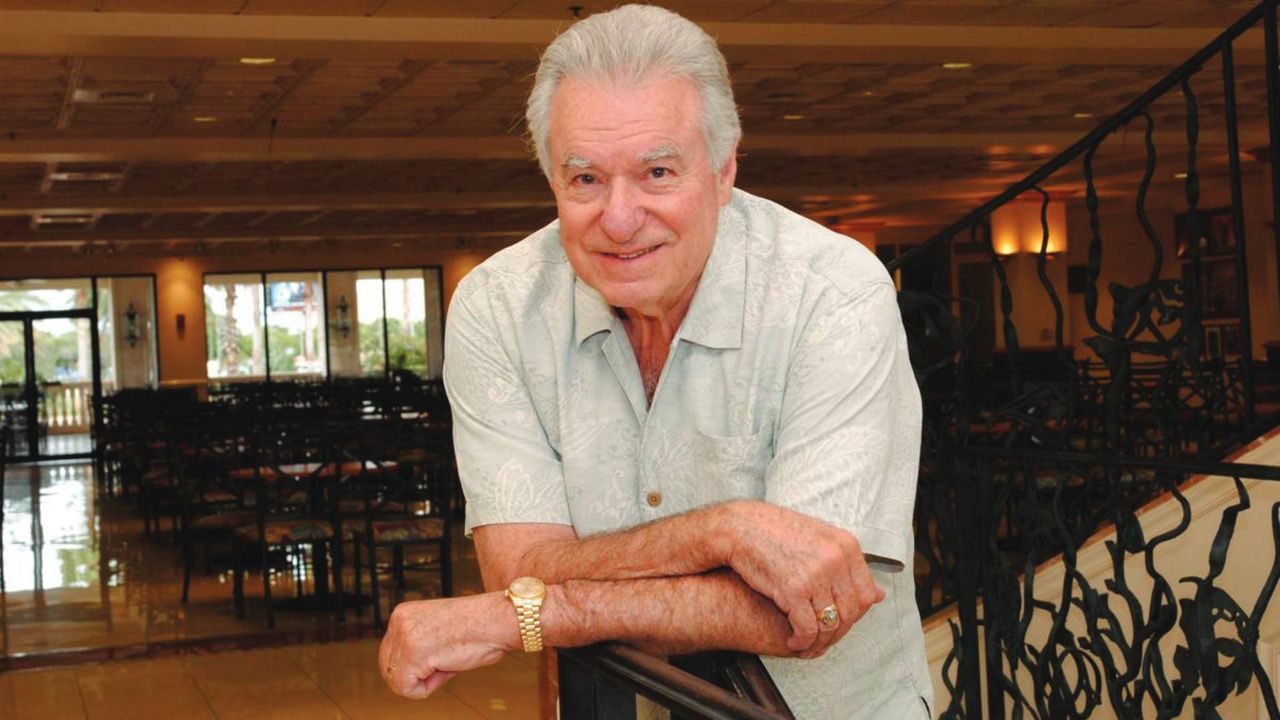ORLANDO, Fla. — In a journey to empower Latino students to embrace their culture and further learn about their heritage, Enoc Cruz of Gate Way High, a predominantly Latino school in Kissimmee, is urging for the modernization of textbooks to include Latino history.
A teacher of three years, Cruz said textbooks are outdated and must include the contributions Latinos have made to American history.
“If we take a minute to really sit back and look on how much we really know on Latino history, we’ll be astonished that it’s not a lot,” said Cruz, who does not remember encountering Latino figures in his high school textbooks as a student.
According to a study by the John Hopkins Institute for Education Policy and UnidosUS, the nation’s largest Latino advocacy organization, most Latino topics in relation to U.S. history are left out of textbooks. The report found roughly 90% of Latino topics were either not covered in U.S. history textbooks or explained in five or fewer sentences.
“Many topics received no coverage at all or scant coverage,” the researchers wrote in the report.
Full illustrations of the Mexican American War, the U.S. acquisition of Puerto Rico, the Panama Canal, and legal measures “shaping the Latino experience” — including the Voting Rights Act of 1965, which a decade later helped Latinos obtain the right to vote in U.S. elections — were hardly found in textbooks, the report found.
But despite the lack of documentation of Latino history in American textbooks, Cruz said he is combating the challenge through his personal research and has expanded his lessons by using idioms in the classroom that are often heard in Latin American households.
“They don’t feel connected to their Latin roots because of the fact that there are a lot of things about Latinos that they don’t know about, particularly about their history, their ancestry,” said Cruz, who described teaching as a powerful tool that encourages his Latino students understand that they too can go to college if they desire.
Experts predict that the Hispanic population will grow to 29% by 2050, and critics argue that more should be done to further showcase Latino history in textbooks.
“As the country grows more diverse, it’s essential for our future workers, businesspeople, community leaders, and public officials to learn about the contributions and experiences of all Americans, including Latinos, the country’s largest racial/ethnic minority.” said Viviana López Green, senior director of the Racial Equity Initiative at UnidosUS.
Aligning his beliefs with what the UnidosUS and John Hopkins report found, Cruz said he believes the inclusion of Latino history can empower students to gain a sense of belonging that’s often missed among students from different backgrounds.
While teaching Latino history is often difficult because of the lack of resources, Cruz said he has relied on his personal research and experiences growing up as a minority in Florida to teach his students about their heritage.
“Teachers need to do what they do best, which is listen to the student and meet them where they are,” said Cruz, who teaches "Latinos in Action," a course designed to meet the “individual needs” of Latino students. “See where they are and ask: What do you want to learn? What countries can we discuss? What matters do you have questions on?”
UnidosUS and the John Hopkins School of Education made several recommendations after analyzing five high school U.S. history textbooks and one AP U.S. history book
“Textbook publishers should develop textbooks that fully expose students to the experiences of Latinos,” the report said. “State and school system leaders should establish a clear expectation that high school social studies and history curricula should reflect accurate and inclusive Latino-focused content, including historically significant people, events and trends.”
In an attempt to showcase Latino history to the public, Congress approved in 2020 the creation of the Smithsonian’s National Museum of the American Latino, a museum on the National Mall dedicated to Latino culture and history. But the project has been stalled over recent disputes as to what exactly the museum’s displays should show.









)